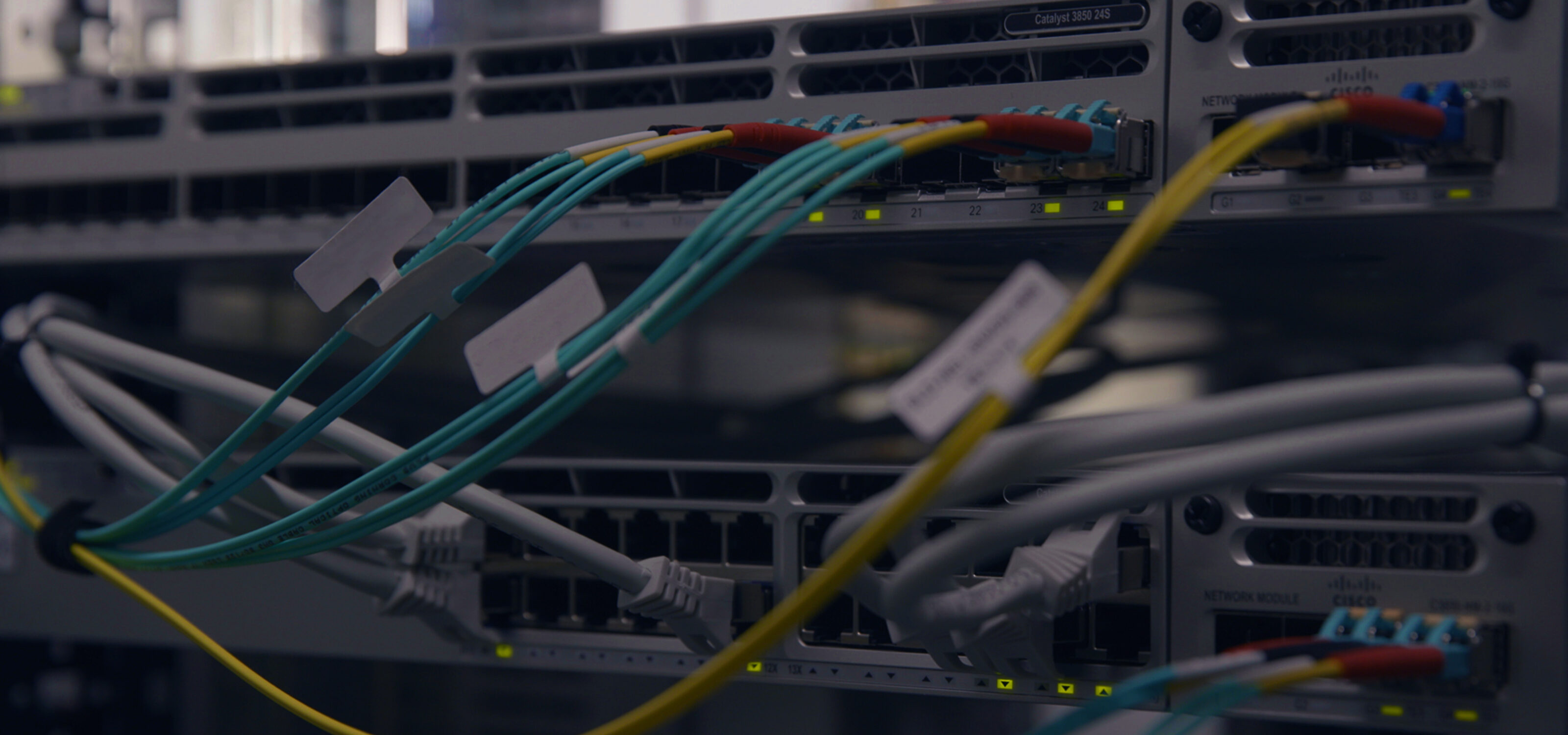Edwin: DTS (Distributed Temperature Sensing) system is an example of how we can make good use of different kinds of datasets we receive from various measurements in the field. Since the bottom of the sea is subject to swells and currents, the volume of sand above our subsea power cables may vary. So we need to know how well our cables are protected by the layer of sand that is on top. To accomplish this, we measure how much energy a cable is carrying at a specific moment, and we take a close look at the temperature readout from the cable at the same time using the light properties inside the embedded fiber optic cores. Using this method, we can make a fairly good estimate of how deep the cables are buried underneath the seabed.
Of course we are performing our standard surveys by our vessels to scan the seabed, but DTS is a nice and cost effective way of making use of the data we have available to keep an eye on the seabed throughout the year. And the DTS measurements and calculations can all be carried out remotely, which reduces any HSSE exposure associated with vessel surveys.
The components of CrossWind park vary from blinking lights (aviation lights) on the turbines, to the switching gears and to the overall wind park control. There are about 15 to 20 systems constantly producing data and talking to each other. Our challenge is to develop 1 logical overview to monitor and control the entire performance of the park. The need for sharing data is a must, but it needs to be done safe and secure.There are plenty of examples in the last period of cyber-attacks on factories. Some of them had a well “segregated” system so the damage there was limited. But if you have one big system that is overruling everything, you can create a vulnerability. Cybersecurity is all about closing doors and giving the keys only to the right people and systems. In my opinion.
Ekansh: While working on this project we more and more realised the importance of cyber security at CrossWind. After diving deep into this subject I’ve learned to upgrade my personal cybersecurity as well. I am paying much more attention to how I am managing my personal passwords and logins than I did before this project. I believe it’s a positive change and it’s a lot about behaviour. Imagine that you don’t lock your home when leaving. Or not wearing a seatbelt in the car. We should pay the same amount of attention of data security as we have for working safely offshore for example.
Edwin: In a case that we lose the connection to the wind park, it is still capable of working autonomously and producing power. Smart features, like grid support, operate automatically. The windpark can also identify conditions to turn off a wind turbine automatically.
Ekansh: One of the major components is of course the offshore high voltage substation. That is what all the turbines are connected to and from where the power is sent to shore. The station is being pre-fabricated onshore at Hoboken in Antwerp, Belgium. The systems that we discussed will all be installed and tested at the yard, to minimise the offshore works and the associated safety exposure. The substation will then sail away on a barge for offshore installation.
For me it is very meaningful that I can work on a project that will contribute towards climate action. Working in the field I’m realising how big this industry is going to become. Each day I’m learning about all the latest innovations in the field and that makes my work very satisfying.
Edwin: For me it’s similar. It’s nice to have my talents put to use for something that is ‘green’ and has social value. But It’s also the diverse scope and complexity that I like about this project so much.





